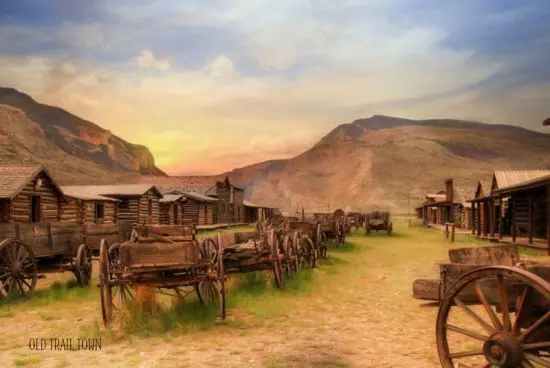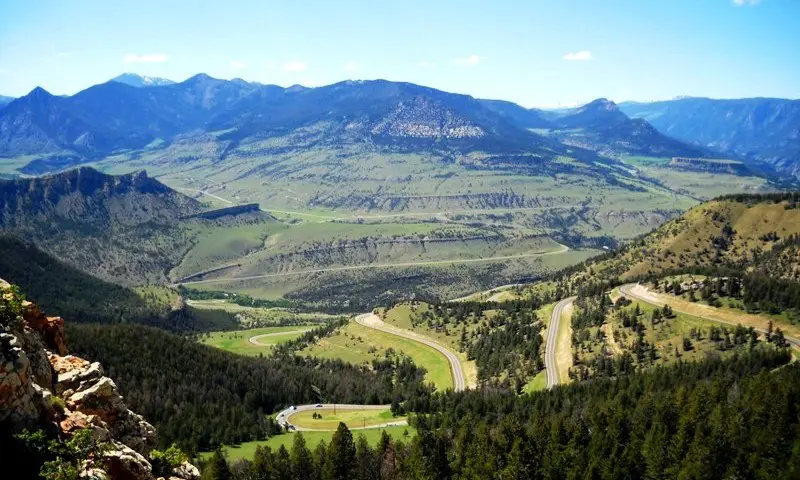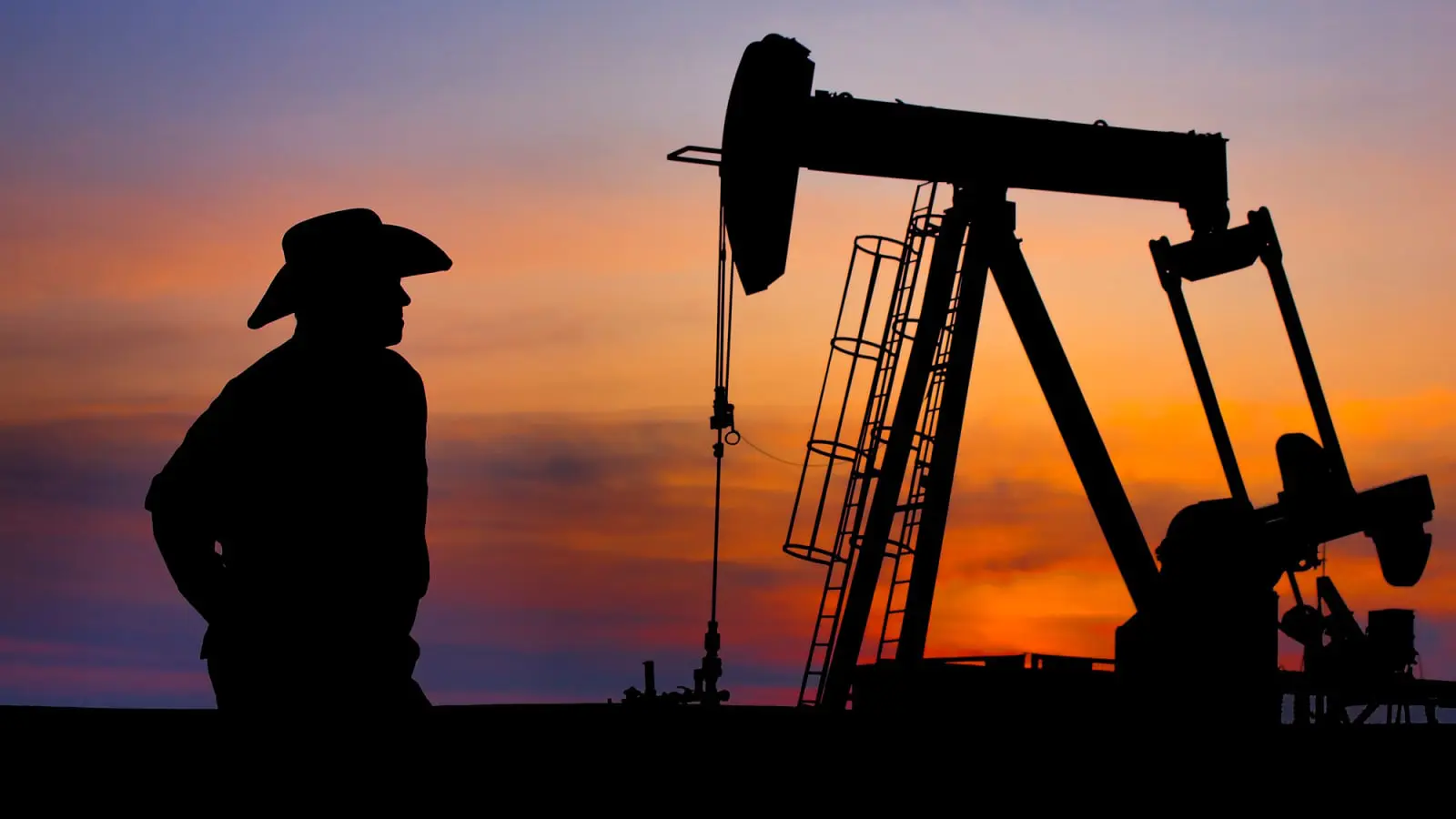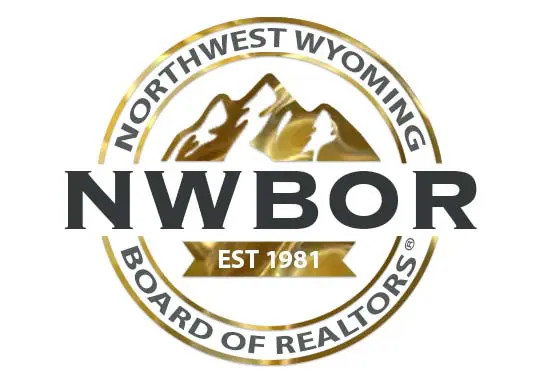Everything You Need from the Northwest Wyoming Board of REALTORS®
Welcome to the Northwest Wyoming Board of REALTORS®
Thank you for visiting
About Northwestern Wyoming
Our Service Area
The Northwest Wyoming Board of REALTORS® (NWBOR) and its Multiple Listing Service (MLS) proudly serve real estate professionals, property owners, and the public across a broad region of Northwest Wyoming and parts of southern Montana.
Primary Coverage Area – Northwest Wyoming
NWBOR is headquartered in the scenic Big Horn Basin and provides MLS access, professional support, and resources to members operating in:
Park County, WY
- Cody, Powell, Meeteetse, Clark, Garland, Ralston, Wapiti, Sunlight, and Crandall
Big Horn County, WY
- Lovell, Greybull, Basin, Burlington, Byron, Cowley, Deaver, Emblem, Frannie, Hyattville, Manderson, and Shell
Washakie County, WY
- Worland and Ten Sleep
Extended Support Area – Neighboring Wyoming Counties
While our primary members operate within Park, Big Horn, and Washakie counties, NWBOR also supports professionals working in:
- Sheridan, Johnson, Hot Springs, and Fremont Counties
Cross-Border Cooperation – Southern Montana
Recognizing regional real estate needs, NWBOR also works with members and cooperating brokerages in parts of southern Montana, including:
- Big Horn, Carbon, and Park Counties
Whether you’re a buyer, seller, or real estate professional, NWBOR is your local partner in navigating the real estate market across this multi-county region.
Our 200+ members represent businesspeople with backgrounds in banking, title, construction, retail, manufacturing, agriculture, education, medicine, oil and gas, and countless other relevant industries

The Old West
Surrounded by mountains, the Big Horn Basin of Wyoming was one of the last areas to be settled in the Lower 48 States. It was first discovered by explorers and trappers like John Colter in 1807-1808. Historically, it had been territory of the Blackfeet, Shoshone, and Crow tribes.
In the 1880’s cattle owners began moving into the area. Henry Clay Lovell owned one of the largest herds – approximately 25,000 head – with his range covering nearly the whole length of the Basin from southern Montana to present day Thermopolis, Wyoming. Count Otto Franc von Lichtenstein who started the Pitchfork Ranch on the Greybull River, and Jim Carter who started the Carter Ranch near Carter Mountain south of Cody, both arrived in 1879.
Victor Arland and John F. Corbett established the first trading posts in the Big Horn Basin between 1880 – 1884. Settlers also began filtering into the Basin in the 1870’s, followed by sheep ranchers.
Paintrock was one of the first settlements in the Big Horn Basin. It was later renamed Hyattville for Samuel W. Hyatt who establish a store there in 1886 and was the town’s first mail carrier.
In 1895, settlers arrived from Utah, and began digging canals with which to irrigate crops. With irrigation, the age of homesteading and farming took root.
Tensions grew between the cattle owners and sheepmen. On April 2, 1909, South of Ten Sleep, in what was then Big Horn County, three sheepmen were murdered, two of them burned inside their wagon, and the third was shot dead. Two more men were kidnapped, and dozens of sheep were killed. In Basin City (now Basin), the resulting trials affected the entire state. Two of the seven accused turned state’s evidence and the other five were convicted. Later in 1909, part of the county broke away from Big Horn County, creating the new Park County.
Supply & Demand
Northwest Wyoming's real estate market is uniquely shaped by its vast public lands and growing demand for private property.
Land Availability
A significant portion of land in this region is publicly owned, limiting the availability of private property for purchase:
- Park County: Approximately 80% public land, leaving about 20% available for private ownership.
- Big Horn County: Around 81% public land, with 19% privately owned.
- Washakie County: Approximately 67.6% public land, resulting in 32.4% private land availability. waterplan.state.wy.us
This limited supply of private land contributes to the competitive nature of the housing market in these areas.
Housing Market Trends (as of April 2025)
- Park County: The median listing home price was $575,000, experiencing a 6.5% decrease year-over-year.
- Big Horn County: The median listing home price stood at $333,500, showing a 1.8% increase from the previous year.
- Washakie County: The median listing home price was $259,900, marking a 9.4% year-over-year increase.
These trends indicate a dynamic market, with varying degrees of growth and adjustment across the counties.
Influencing Factors
Several factors contribute to the current real estate dynamics in Northwest Wyoming:
- Desirability: Proximity to Yellowstone National Park and the Rocky Mountains enhances the region's appeal.
- Lifestyle: Buyers are attracted to Wyoming's low tax structure, open spaces, clean environment, abundant wildlife, and small-town atmosphere.
- Affordability: Compared to other regions, Wyoming offers relatively lower land and home prices, though recent trends show increasing values.
Navigating the Market
Given the limited supply and varying demand, it's crucial to consult with local REALTORS® who have in-depth knowledge of the region. They can provide guidance tailored to your specific needs, whether you're buying or selling property in Northwest Wyoming.


The Cowboy State Economy
Wyoming’s economy is primarily mining, agriculture, and tourism.
Wyoming has significant production of petroleum and natural gas, oil, coal, and oil shale. Wyoming has substantial uranium deposits, estimated to account for about one-third of the total reserves in the US. Wyoming also contains significant quantities of trona (unrefined soda ash), bentonite clay (used as drilling mud and foundry binder), gypsum, limestone, and iron ore. The majority of Wyoming’s electricity is generated by coal-fired power plants, and some by hydroelectric power plants and wind farms.
Energy & Natural Resources
Wyoming remains a leader in U.S. energy production, with its economy deeply rooted in mining and natural resource extraction:
- Oil: In 2024, Wyoming's oil production reached approximately 107 million barrels, marking a 3.3% increase year-over-year. The Powder River Basin accounted for over 83% of this output. University of Wyoming
Natural Gas: Production experienced a 2.2% decrease in 2024, reflecting shifting energy demands. Travel Wyoming+3University of Wyoming+3basinrepublican-rustler.com+3 - Coal: Once the nation's top coal producer, Wyoming's coal industry has seen a decline, with 2024 production forecasts unlikely to meet the projected 225 million tons due to a 22.14% year-over-year decrease as of June 2024. University of Wyoming
- Uranium: Wyoming leads the U.S. in uranium production, accounting for over 80% of national output. In 2024, production surged, with facilities like Uranium Energy Corp. expanding capacity to meet growing demand. Crux Investor
- Trona: The state holds the largest deposits of trona, a key ingredient in soda ash production, essential for glass manufacturing and other industries. Wyoming Energy Authority
Agriculture & Ranching
Agriculture remains a cornerstone of Wyoming's economy, emphasizing livestock and crop production:
- Livestock: In 2023, animals and animal products contributed $1.40 billion to the state's economy, with cattle being the dominant sector.
- Crops: Crops added $515 million in value, with hay, sugar beets, barley, and dry beans among the top products. Notably, hay production in 2023 was estimated at 2.55 million tons, up 6% from the previous year.
- Land Use: Approximately 28.8 million acres are utilized for agriculture, with about three-fourths of cropland being irrigated, highlighting the importance of water management in the state's farming practices.
🏞️ Tourism & Outdoor Recreation
Tourism is a vital and growing sector in Wyoming, driven by its natural beauty and outdoor opportunities:
- Visitor Spending: In 2024, Wyoming welcomed 8.7 million visitors, who spent $4.9 billion, a 1.6% increase from the previous year. This spending generated $277.2 million in tax revenue and supported approximately 33,850 jobs.
- National Parks: Yellowstone National Park saw 4.74 million visitors in 2024, a 5.4% increase from 2023, while Grand Teton National Park recorded 3.6 million visits.
